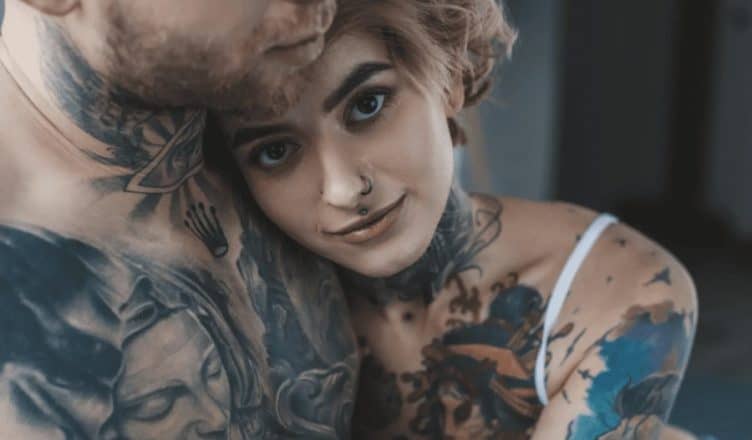If you’ve ever seen a portrait tattoo, you know that it can be incredibly striking. From the lifelike details of the face to the skillful shading and vibrant colors, these tattoos are nothing short of works of art. But what exactly is involved in getting a portrait tattoo? What should you consider before committing to one? Here’s a closer look at all things related to portrait tattoos.
The Process of Designing and Getting a Portrait Tattoo
When it comes to designing and getting a portrait tattoo, a certain level of precision is required. It’s essential to find an experienced artist specializing in portraiture work—someone who understands the nuances and complexities of facial features and how they interact with light and shadow. This person should also be able to provide insight into what kind of modifications need to be made (e.g., simplifying certain features or adding more contrast) for the finished product to look its best. Additionally, your artist must have color theory experience to help you select the right shades for your tattoo.
Before your appointment, make sure you have thought through exactly which image you want to be rendered on your skin—whether it’s a photo of someone close to you or simply an image from another piece of artwork that resonates with your aesthetic preferences—and discuss any ideas or concerns with your artist beforehand so there are no surprises when it comes time for them to start inking. It’s also essential to consider where on your body you want the piece done; different body parts take ink differently, so keep this in mind when selecting an area for your tattoo. You could use some of the best tattoo numbing creams if worried about the pain.
The Aftercare Regimen
Once your portrait tattoo is complete, aftercare must be taken for it heals properly and looks its absolute best over time. After leaving the parlor, make sure you cleanse the area regularly (with lukewarm water only) and apply a thin layer of ointment; this will help keep infection at bay while also keeping moisture locked into the skin around the piece so that it doesn’t become dry or cracked during the healing time. Additionally, always wear sunscreen before exposing yourself to direct sunlight; UV rays can cause fading over time if protective measures aren’t taken regularly.
Ensure you also take regular breaks from strenuous or repetitive activities, particularly in the first weeks following your appointment; this will help prevent the tattoo from stretching.
Contact your doctor if you experience any redness, swelling, or discomfort that lasts more than a few days.
Final Thoughts
Portrait tattoos are truly stunning works of art—but such artistry does not come without cost or effort on both ends (artist and client). Before diving headfirst into this type of project, ensure you find an experienced artist who can guarantee quality results along with proper advice regarding design choices and aftercare instructions. When done correctly, portrait tattoos can last a lifetime—and look just as beautiful decades later as they did when first applied! Having a painless tattoo will sometimes help the artist achieve better results as you can sit and relax.



